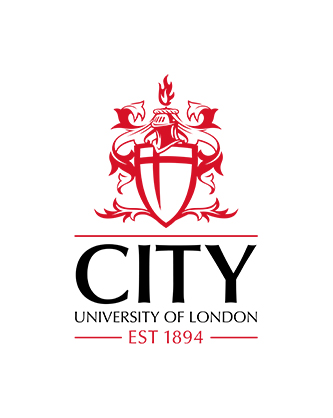Application of scattering models to optical surface inspection
Obray, C. D. (1983). Application of scattering models to optical surface inspection. (Unpublished Doctoral thesis, The City University)
Abstract
For some time optical scanning devices have been employed to automatically inspect sheet surface material, frequently operating in wholly or semi-empirical fashion.
Geometrical and physical optics give rise to a MIRROR FACET MODEL and a KIRCHHOFF WAVE THEORY MODEL of light scattering from a rough surface, respectively. The two models represent transfer functions of surface topography into polar diagram description of light scatter.
Polar diagram predictions, under the mirror facet and wave theory regimes, have been formulated on the basis of a variety of periodic and random surfaces, and hence compared and contrasted.
A moving sensor rig, operating under computer control, automatically recorded the intensity of the back scattered field from metal specimens, arising from an incident laser beam. Subsequently an appropriate region of the surface specimens was mapped, using a talysurf-10 stylus instrument and logged as a series of parallel profiles.
On the basis of these data the predictive powers of the two models were examined.
For the order of surface roughness examined (0.05 μm ~ 0.5 μm) there was considerable evidence of a dominant geometrical component of light scattering, although the facet model could not be substantiated directly due to metrological difficulties associated with the computation of slope statistics. The two-dimensional Kirchhoff model, based on area information, however, was validated, and in some circumstances the one-dimensional Kirchhoff model, derived on a single surface profile, provided valuable predictive information on surface defects.
Studies into the statistical distributions of light scatter, relevant to applications of instrument design, surface flaw detection and surface texture parameter estimation were conducted.
Utilising the compiled data bases, the project reports simple robust procedures for extracting surface information in real time, by a non-destructive, non-contacting method employing modest technology.
| Publication Type: | Thesis (Doctoral) |
|---|---|
| Subjects: | H Social Sciences > HA Statistics Q Science Q Science > QC Physics |
| Departments: | School of Science & Technology > School of Science & Technology Doctoral Theses Doctoral Theses |
Download (140MB) | Preview
Export
Downloads
Downloads per month over past year


 Metadata
Metadata Metadata
Metadata